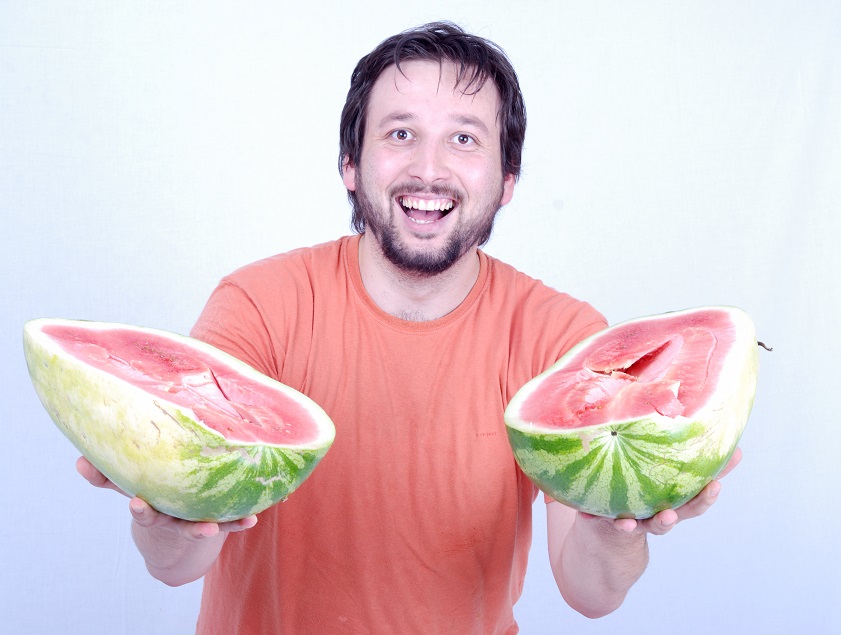By early summer the plants that were thriving may grow slower and look a bit pale. A common cause is hunger: the roots of a plant may have filled the available compost or soil and exhausted its mineral reserves. Plants in pots, containers and grow-bags are most at risk because their roots have nowhere else to go: at least plants growing in greenhouse beds or borders can spread their roots out a bit further. Hungry plants grow slowly with pale leaves; their lower leaves may drop off and flowers may be small and poorly coloured. Overfed plants are soft, lanky and leafy and the leaves may have brown spots and wilted edges.
Never feed dry plants. Water them first or the salts in the feed may scorch their leaves and roots. Granular and other solid fertilisers are fine for crops in greenhouse soil but liquid feed is better for plants in containers and grow-bags. Feed them only when they are growing. Never make up liquid feed stronger than advised in the instructions; the manufacturers already recommend the maximum safe level because they want to sell you more feed. This is even more important if foliar feeding by watering it onto the leaves. If you want vigorous leafy growth as in salads use a feed higher in nitrogen (N) than potash (K) but if you want flowers and fruit use a high-potash one such as tomato feed. You can make your own liquid feed from soaked comfrey or nettle leaves, but one of the best organic feeds is made from Irish seaweed.






